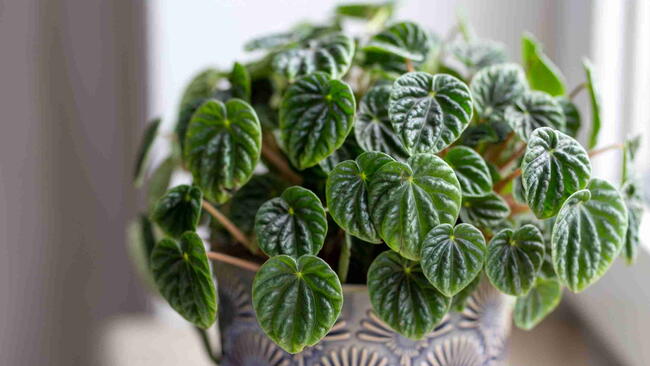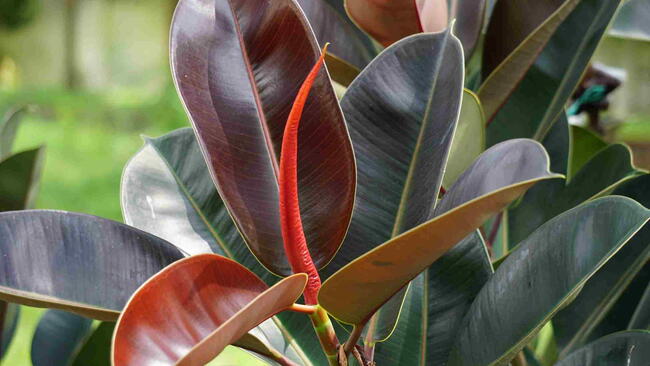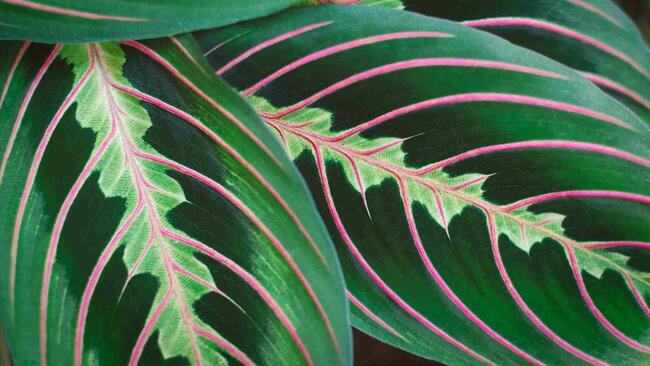
Photo Credit
Firn/Shutterstock
Botanical Name
Philodendron spp.
Plant Type
Sun Exposure
Soil pH
Hardiness Zone
Subhead
A Beginner-Friendly Guide to Planting, Growing, and Caring for Philodendrons
Read Next
Types
All philodendrons are beautiful. Browse this guide by Clemson Cooperative Extension for more growing tips and recommended varieties of philodendrons.
- P. melanochrysum, often called ‘Black gold,’ is a dark, velvet-leaved climber that steals the show. They can be hard to find but well worth it.
- P. scandens, or heartleaf philodendron, is easy to find and fast-growing. Tolerates low light levels.
- P. erubescens ‘Pink Princess’ is famous for its pink variegated leaves.
- ‘Brasil’ is a smaller leafed vining plant with yellow variegation.
- P. hederaceum is another velvet-leafed philodendron with a smaller growth habit. The new foliage is a striking bronze tint.
| Philodendron Variety | Growth Habit | Leaf Shape & Color | Light Needs | Difficulty Level | Best For |
|---|---|---|---|---|---|
| Heartleaf Philodendron (P. hederaceum) | Trailing/vining | Small, heart-shaped, glossy green | Low to bright indirect | Very easy | Beginners, shelves, hanging baskets |
| Philodendron Brasil | Trailing/vining | Heart-shaped with lime-green variegation | Bright indirect | Easy | Adding color to indoor spaces |
| Philodendron Micans | Trailing/vining | Velvety heart-shaped leaves, deep green with bronze tones | Medium to bright indirect | Easy | Texture lovers, hanging planters |
| Split-Leaf Philodendron (P. bipinnatifidum) | Upright, self-heading | Large, deeply lobed leaves | Bright indirect | Moderate | Statement plants, floor pots |
| Philodendron Selloum | Upright | Broad, glossy, dramatic foliage | Bright indirect | Moderate | Tropical indoor look |
| Philodendron Birkin | Upright, compact | Dark green leaves with white pinstripes | Bright indirect | Easy–moderate | Small spaces, modern décor |
| Philodendron Pink Princess | Climbing | Dark green with pink variegation | Bright indirect | Moderate | Collectors, visual impact |
| Philodendron Xanadu | Compact, bushy | Deeply cut, dense foliage | Medium to bright indirect | Easy | Tabletops, low-maintenance care |
| Philodendron Rojo Congo | Upright | Thick, glossy leaves with red tones | Medium to bright indirect | Easy | Bold color indoors |
| Philodendron Gloriosum | Creeping (terrestrial) | Large, velvety, heart-shaped leaves | Bright indirect | Moderate–advanced | Plant enthusiasts, wide pots |
Gardening Products
More Like This
Hello. I have had a Monstera Deliciosa for 25 years now.
It was a gift from my mother-in-law. Her Father
grew it in their farmhome from the '40's and it has
survived quite well since then. They make beautiful
vase and pebble arrangements when rooting, adding
just a single stem of artificial orchid bloom or some
similar tropical bloom. Changing the water is
key and they can be kept in the water rooting this
way for a few months. I presently enjoy 4 plants
all potted. They have been widely gifted and
will endure another 50 years hopefully ;^)
Happy Gardening










Comments